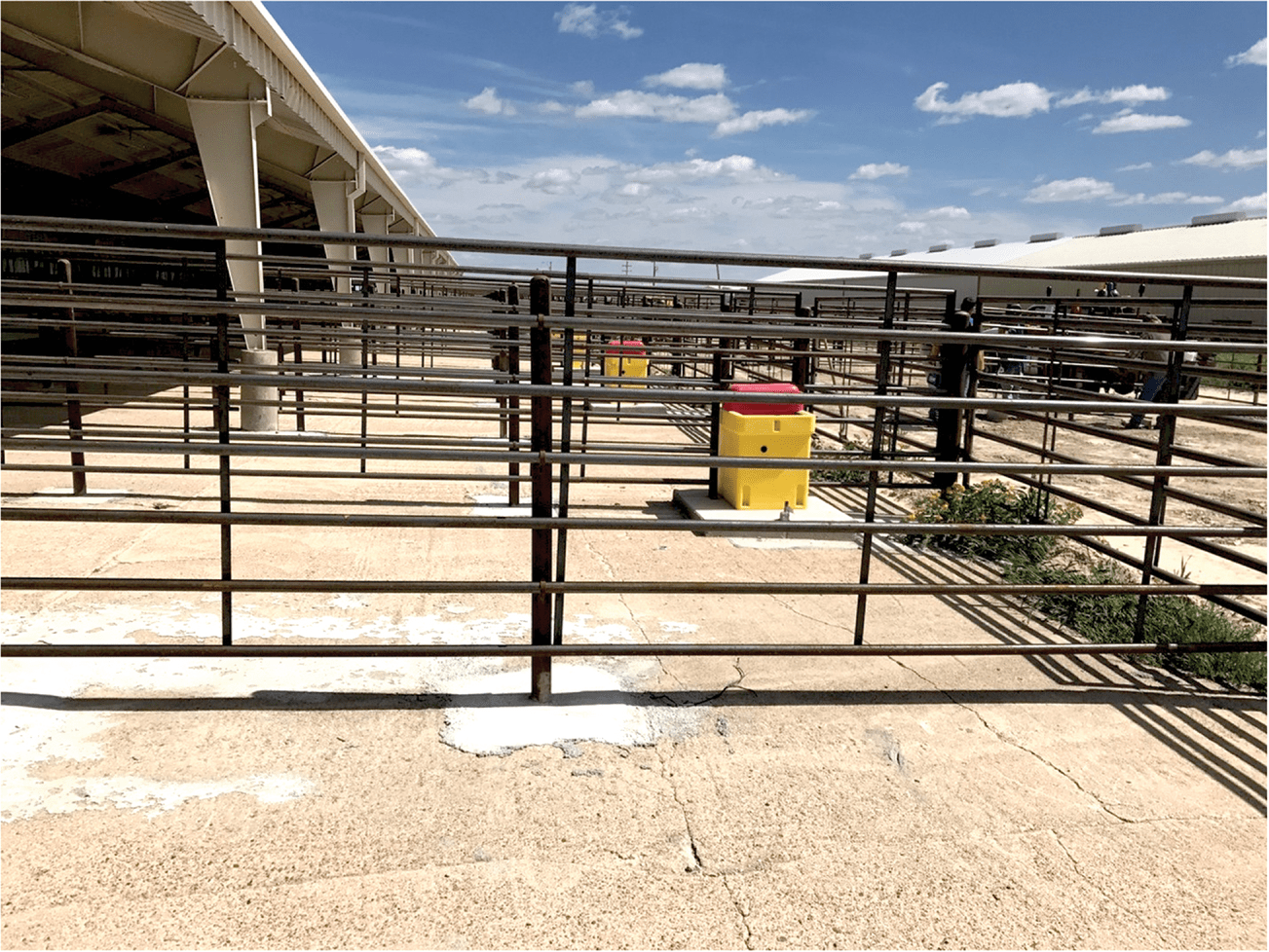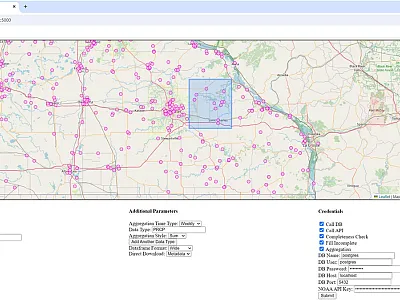Persistence of Antibiotics in Feedlots Varies by Administration Method

Therapeutic antibiotics are often used in cattle feedlots to increase growth rates while treating and preventing infectious diseases. However, there is growing concern about the presence of these antibiotics leading to antibiotic‐resistant bacteria in feedlots and agricultural lands receiving manure‐based fertilizer. A knowledge gap remains regarding the occurrence and persistence of antibiotics in animal feedlots.
Scientists at the University of Nebraska–Lincoln and the University of Kentucky evaluated antibiotic persistence, fate, and transport in sediment and surface water runoff in a newly constructed feedlot by administering antibiotic treatments to cattle through injection and feed. They found the two antibiotics added to animal feed, tylosin and monesin, persisted in the soil environment for more than 30 days, and their concentrations were 5.6 to 20 times higher in treated pens compared with pens where animals did not receive antibiotics. The injected antibiotic florfenicol also persisted for more than 30 days while the majority of the other injected antibiotics did not significantly increase in the pens or runoff.
Findings from this study emphasize that antibiotics administered in feedlots have the potential to persist and remain in feedlot sediment and runoff, particularly in instances of regular administration in feed.
Adapted from
Trejo, B., Russell, M., Bartelt‐Hunt, S., Beni, N. N., Snow, D. D., & Messer, T. L. (2023). Occurrence and persistence of antibiotics administered to cattle in a newly established feedlot. Journal of Environmental Quality, 52, 1193–1205. https://doi.org/10.1002/jeq2.20516
Text © . The authors. CC BY-NC-ND 4.0. Except where otherwise noted, images are subject to copyright. Any reuse without express permission from the copyright owner is prohibited.







